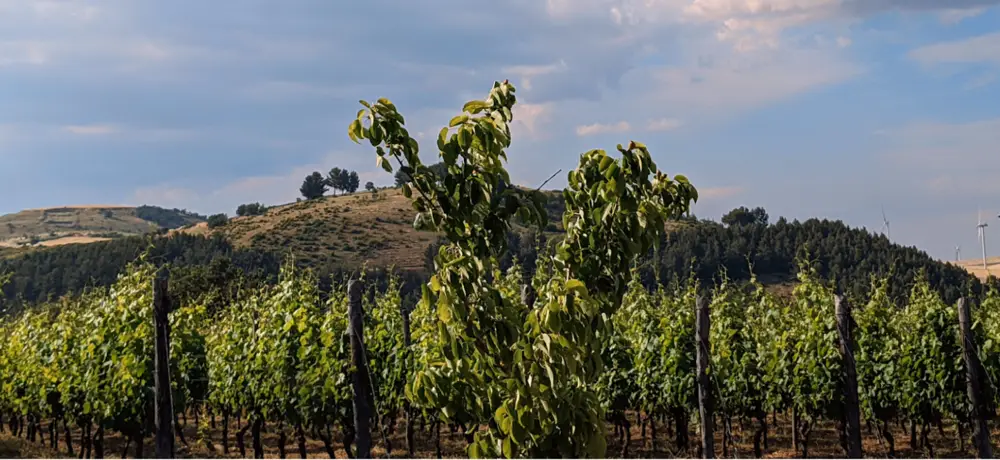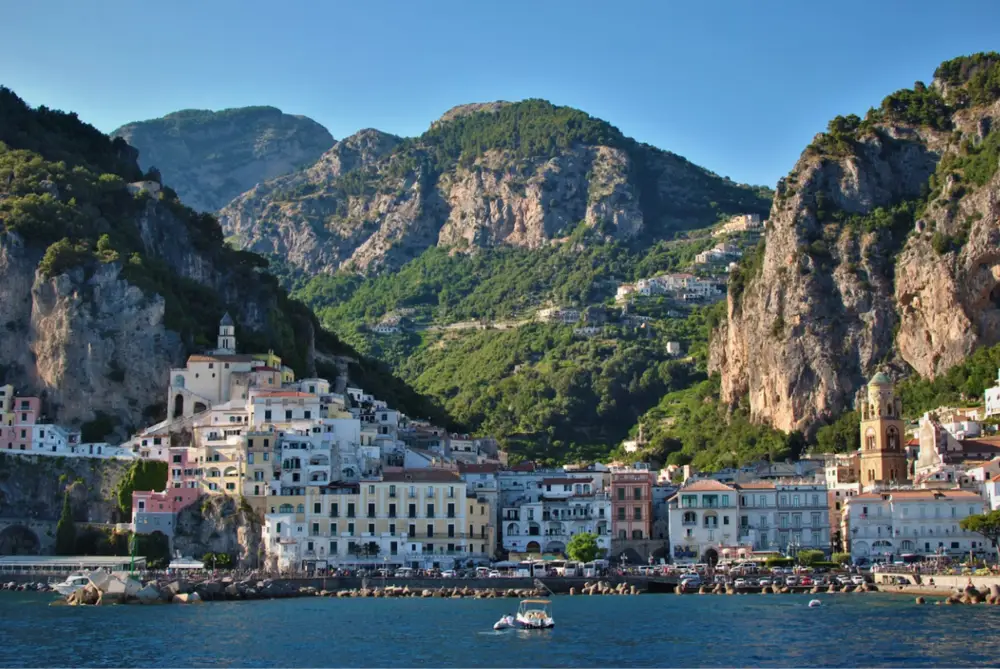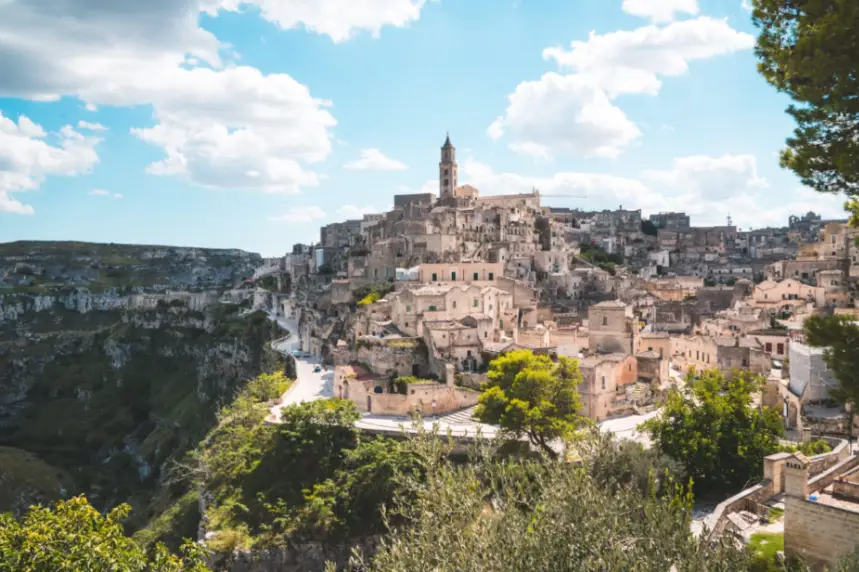Exploring Aglianico: Your Ultimate Wine for Fall and Winter
As the weather cools, it's time to swap crisp summer whites for bold, full-bodied red wines. Among Italy's top red wine grapes, Aglianico stands out as a rich, structured, and age-worthy gem—perfect for cozy fall and winter evenings. Often called the Barolo of the South, Aglianico is one of Italy's most underrated red wine varieties, producing powerful, complex wines with remarkable aging potential. Aglianico provides wine lovers with a one-of-a-kind and enjoyable experience.
What is the history of Aglianico?
The story of Aglianico wine dates back thousands of years when ancient Greek settlers introduced the grape to Southern Italy, where it thrived in the region's volcanic soils and Mediterranean climate. Its name actually comes form the word “Elliniko”, which means Greek.
Before the disastrous Phylloxera pandemic, Aglianico was widely planted throughout the South of Italy. Unfortunately, only a handful of vineyards were able to survive. Today, the primary areas where Aglianico is largely cultivated are the regions of Campania and Basilicata.
What does Aglianico taste like?
Aglianico possesses captivating characteristics, including a harmonious blend of black and red fruit aromas, high levels of tannins, naturally high acidity, and earthy, herbaceous notes. The combination of these elements results in wines that exhibit both structure and elegance, while also possessing a great aging potential that distinguishes them from others.

Campania: Home of Aglianico
Campania is the cradle of Aglianico. The subregions best known for Aglianico in Campania—Taurasi and Taburno—take center stage.
Taurasi DOCG, often dubbed the 'Barolo of the South,' is the best representative of Aglianico over the world. The Taurasi DOCG is located in the province of Avellino, featuring vineyards on the rolling hills. Today, we can still find some pre-phylloxera old vines of Aglianico in those vineyards. Taurasi DOCG wines must contain at least 85% Aglianico, while many producers prefer the pure 100% to highlight the grape's grandeur.
Aglianico del Taburno DOCG, on the other hand, experiences hot days and cool nights due to the cooling effect of the surrounding mountains. Taburno's terroir differs from Taurasi's in that it has sandstone as well as volcanic materials and calcareous clay. As a result, Aglianico del Taburno has a lighter profile than Taurasi, providing a more delicate canvas for the interesting qualities of the grape.

Aglianico del Vulture - Volcanic Power
While Campania may be more famous over the world, Mount Vulture, an old and extinct volcano, is where Aglianico really thrives in Italy. For lovers of terroir-driven wines, Aglianico del Vulture DOC offers a pure expression of the grape, requiring 100% Aglianico. Grown on the volcanic slopes of Mount Vulture, these wines develop an intense smoky minerality and refined complexity, making them distinct from their Campanian counterparts. The drastic temperature change between the daytime and night in the vineyards on the slopes of Mount Vulture helps the grapes develop a balanced, complex flavor profile. Unlike Campania, Mount Vulture's soil is largely volcanic in nature, giving the wines a distinct smokiness and mineral depth that sets them apart from Campania's counterparts.

Aglianico Beyond Borders
Aglianico's allure extends beyond its home Campania and Basilicata. Aglianico is grown in the inland, mountainous areas of Puglia and is produced as a varietal wine as well as a nice blending partner for local grapes such as Primitivo. Small but noticeable percentages of Aglianico can also be found in Abruzzo, Molise, and Sicily, showcasing the grape's adaptability to a wide range of terroirs.
While Aglianico wine is deeply rooted in Italy, its reputation is spreading globally. Initially brought to the New World wine regions by the Italian descendants, or as experimental plantings, Winemakers in California, Australia, and Argentina have embraced Aglianico for its ability to thrive in hot, dry climates, producing structured, age-worthy wines that maintain their natural acidity. This character makes Aglianico a favored variety by many winemakers, especially with climate change, its presence is now expanding globally.
Aglianico Food Pairing
As we embark on the culinary journey of pairing Aglianico with delightful dishes, it is important to understand Aglianico's versatility. Aglianico can have a diverse flavor profile, ranging from lighter and approachable to robust and opulent. Some Aglianico wines show more fruity characters, while others may be earthy and mineral.
Despite the variations, Aglianico is an excellent fall and winter wine. This robust grape complements rich meats, savory stews, and pasta topped with a creamy ragu. Its high acidity offsets the greasiness of the meals, and the robust tannins pair beautifully with red meats.
However, as a versatile grape, lighter-styled Aglianico pairs nicely with well-seasoned roasted chicken or turkey with its dried herb and licorice flavors, making it ideal for Thanksgiving and Christmas feasts.
Ready to experience the bold flavors of Aglianico wine? Whether you're craving the age-worthy elegance of Taurasi, the volcanic intensity of Aglianico del Vulture, or a New World interpretation, this incredible grape promises richness, structure, and complexity in every sip. Discover our recommended bottles below!
Aglianico Wines to Try:



Cheers from the VinoVoss team!
Sylvia Ba



